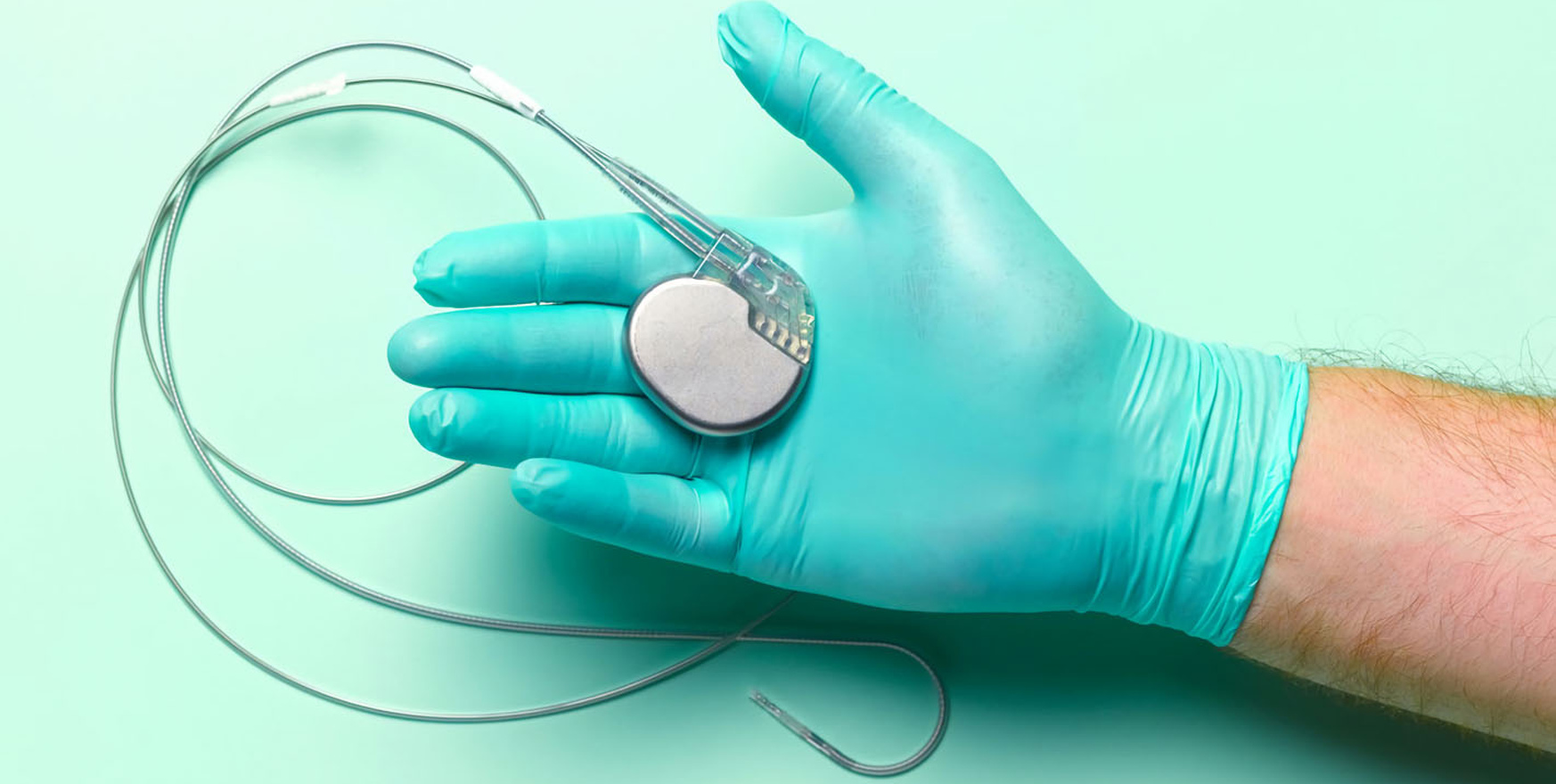
Pacemaker placement is a surgical procedure in which a device is implanted into the patient to regulate the heart's rhythm. A pacemaker, also known as a pacemaker, is designed to treat arrhythmias—abnormal heart rhythms such as a slow (bradycardia) or irregular heartbeat. The device sends electrical impulses to the heart muscle, helping to maintain a stable heart rhythm.
When is a pacemaker installation required?
A pacemaker is installed in patients with heart problems that may be life-threatening or seriously impair quality of life.
Main indications
- Bradycardia. An excessively slow heart rate, causing fatigue, dizziness, and fainting.
- Sick sinus syndrome. A malfunction of the heart's natural pacemaker.
- Atrioventricular block. A disruption in the conduction of electrical signals between the atria and ventricles.
- Heart failure. In some cases, a pacemaker helps improve the coordination of contractions of the heart chambers.
Types of pacemakers
- Single-chamber pacemaker. Sends impulses to one chamber of the heart (usually the right ventricle).
- Dual-chamber pacemaker. Coordinates the function of the atrium and ventricle, improving the synchrony of contractions.
- Biventricular pacemaker. Used for patients with heart failure, it coordinates the contractions of the left and right ventricles.
How is a pacemaker installed?
Preparing for surgery
The patient undergoes a preliminary examination, including:
- ECG (electrocardiography) .
- Echocardiography to assess heart function.
- Chest x-ray .
- Blood tests.
Implantation procedure
- Anesthesia. Local anesthesia is used, sometimes with light sedation.
- Electrode placement. Through a small incision under the collarbone, catheters with electrodes are inserted into a large vein and guided toward the heart under X-ray guidance. The electrodes are secured to the desired areas of the heart muscle (atrium, ventricle, or both).
- Generator placement. The pulse generator, approximately the size of a coin, is implanted under the skin in the chest area.
- Device setup. After implantation, the doctor programs the pacemaker to ensure optimal function.
On average, the operation takes 1–2 hours.
Postoperative period
- The patient remains in the hospital for 1–2 days for observation. Heart rate and the condition of the implantation site are monitored.
- Avoid intense physical activity for 4-6 weeks. Avoid placing pressure on the implantation area (for example, with belts or bags).
- Medications may be prescribed to control heart rhythm or prevent inflammation.
- The first scheduled examination is performed a few weeks after surgery. Subsequently, the devices are checked every 6–12 months.
Results of the operation
- Device lifespan. A pacemaker's battery lasts from 5 to 15 years, after which it requires replacement.
- Improved quality of life. Most patients experience significant improvement in symptoms such as fatigue, dizziness, and fainting.
- Regular monitoring. It's important to see a cardiologist regularly to check the device's performance and heart health.
Pacemaker implantation in Belarus is an effective procedure that helps patients with severe heart rhythm disorders improve their quality of life and avoid complications. Modern devices are highly reliable and can significantly improve patient survival. Regular monitoring by a cardiologist and following recommendations help maintain the device's proper function and improve overall health for years to come.
Q&A
Да, но рекомендуется держать телефон на расстоянии не менее 15 см от кардиостимулятора и избегать ношения телефона в кармане на груди.
Избегать сильных магнитных полей (например, промышленные магниты, некоторые медицинские устройства, такие как МРТ).
В случае подозрения на неисправность кардиостимулятора немедленно обратитесь к врачу.



